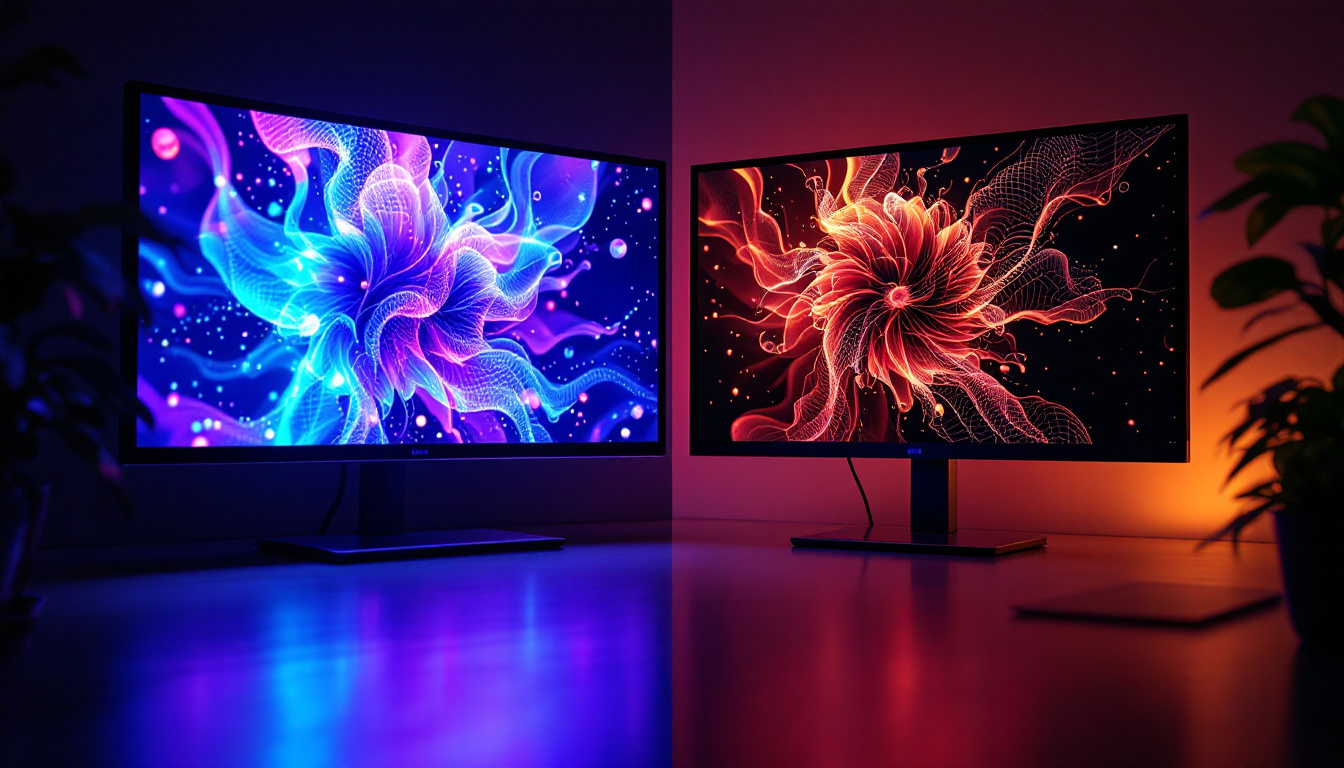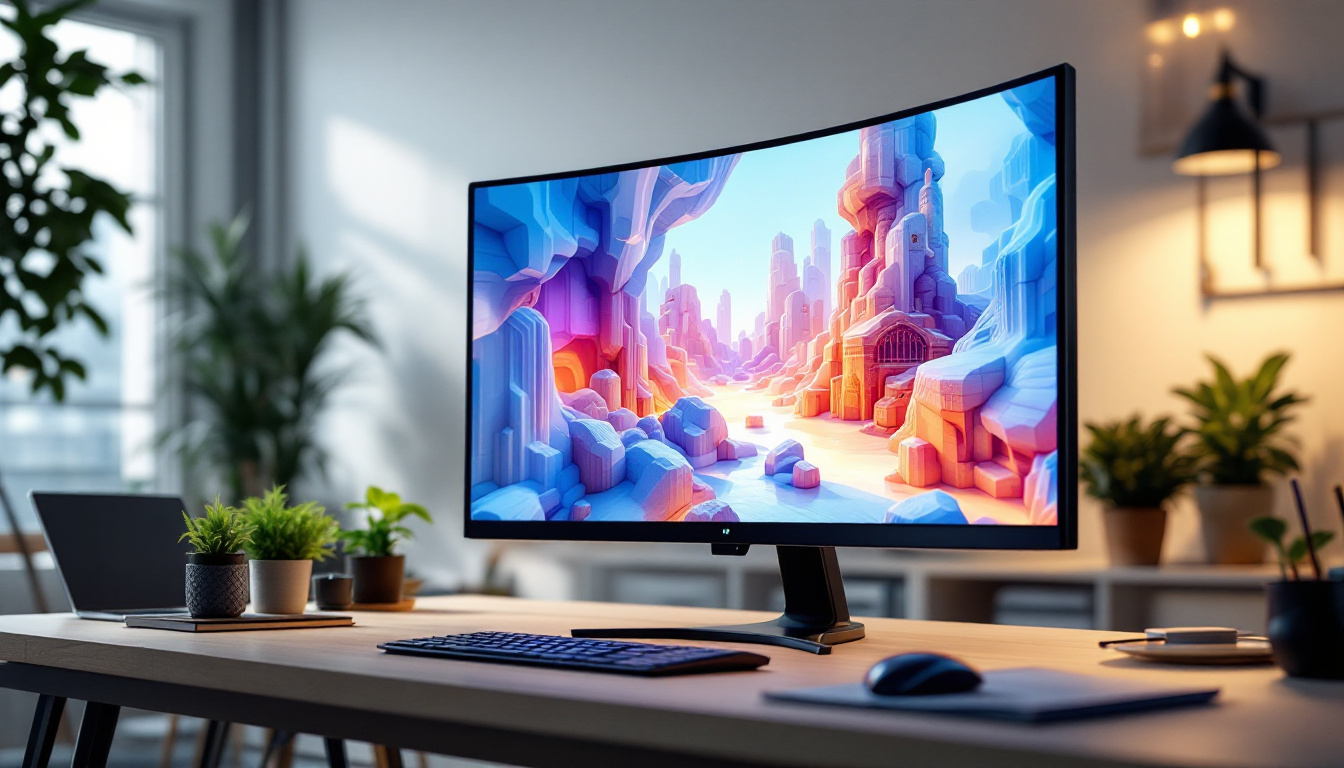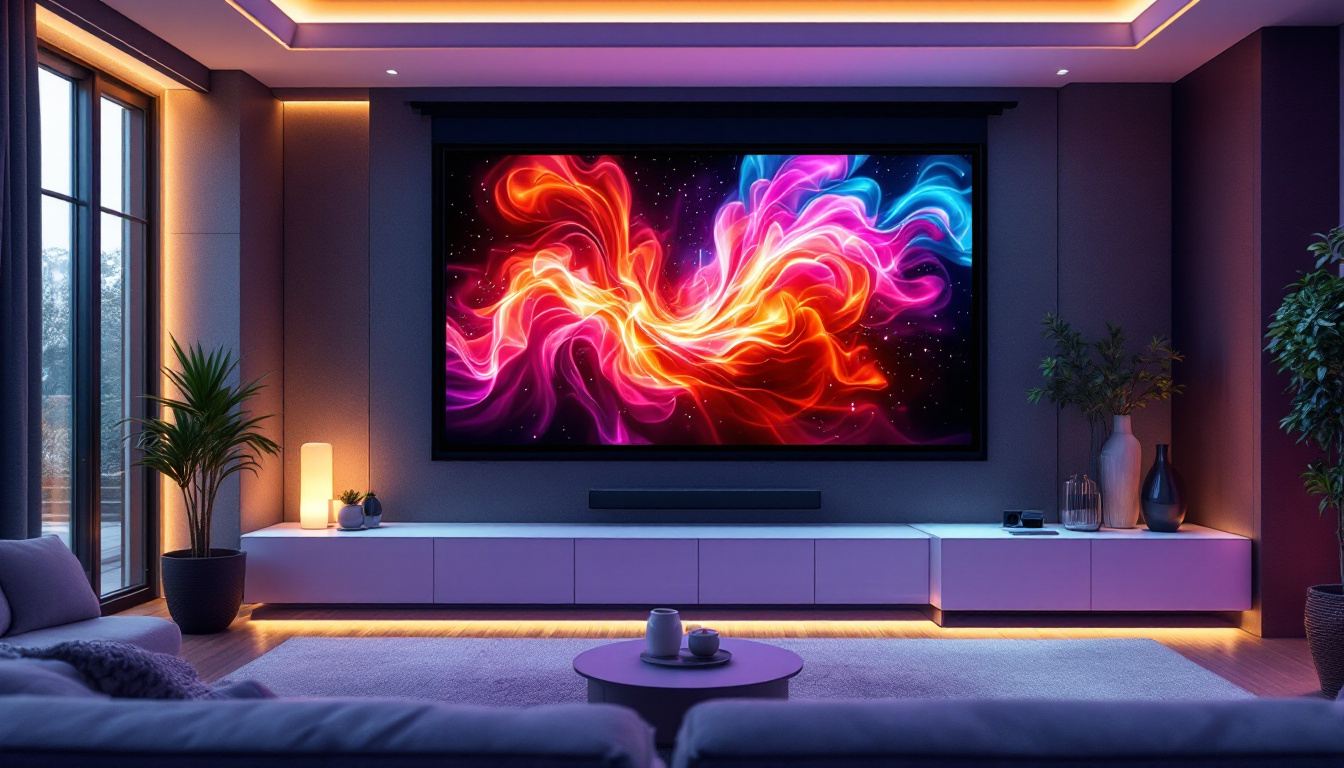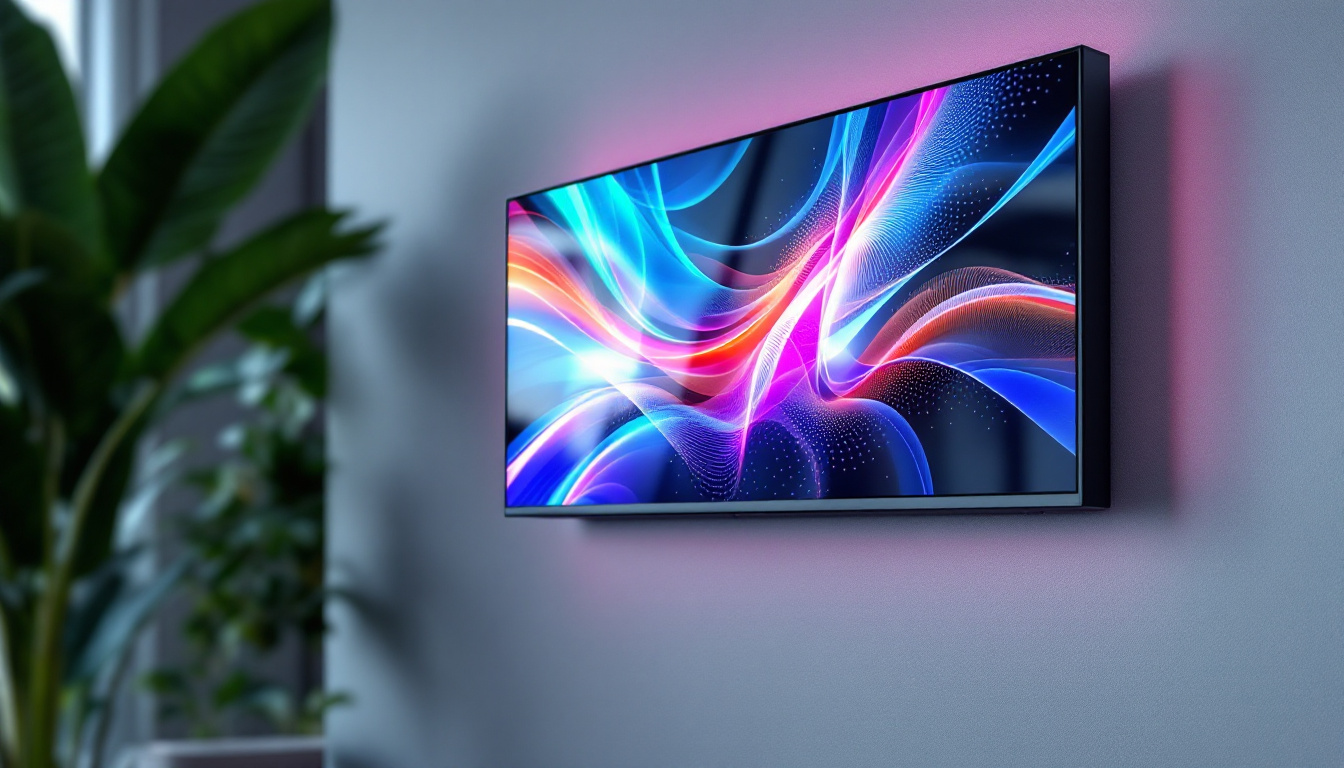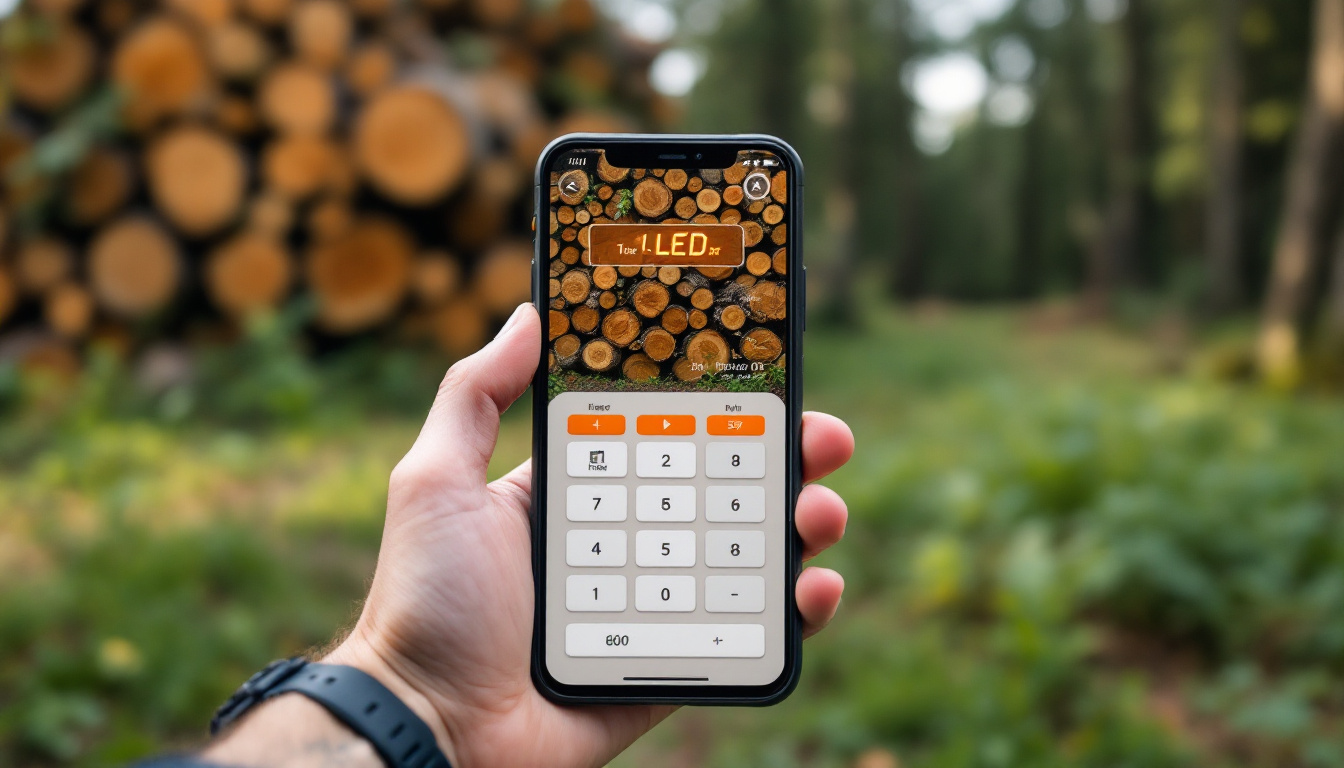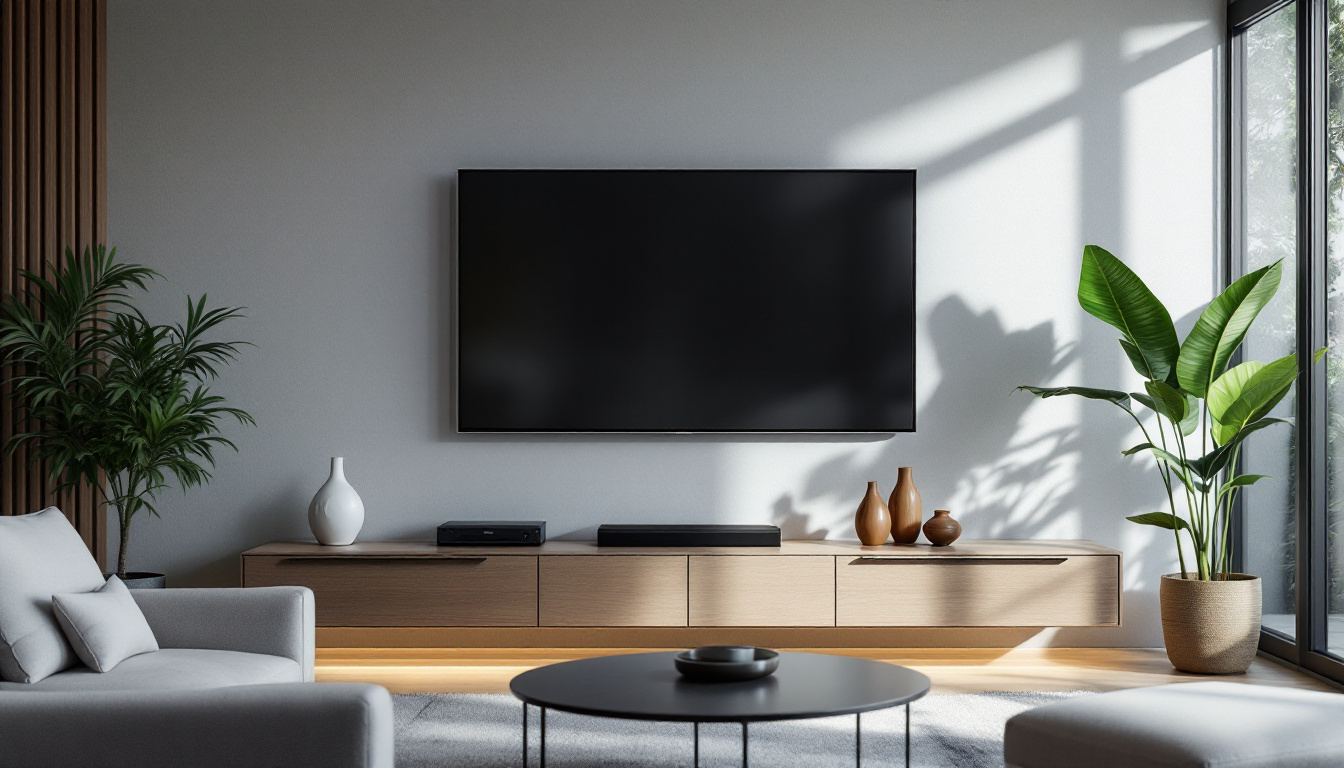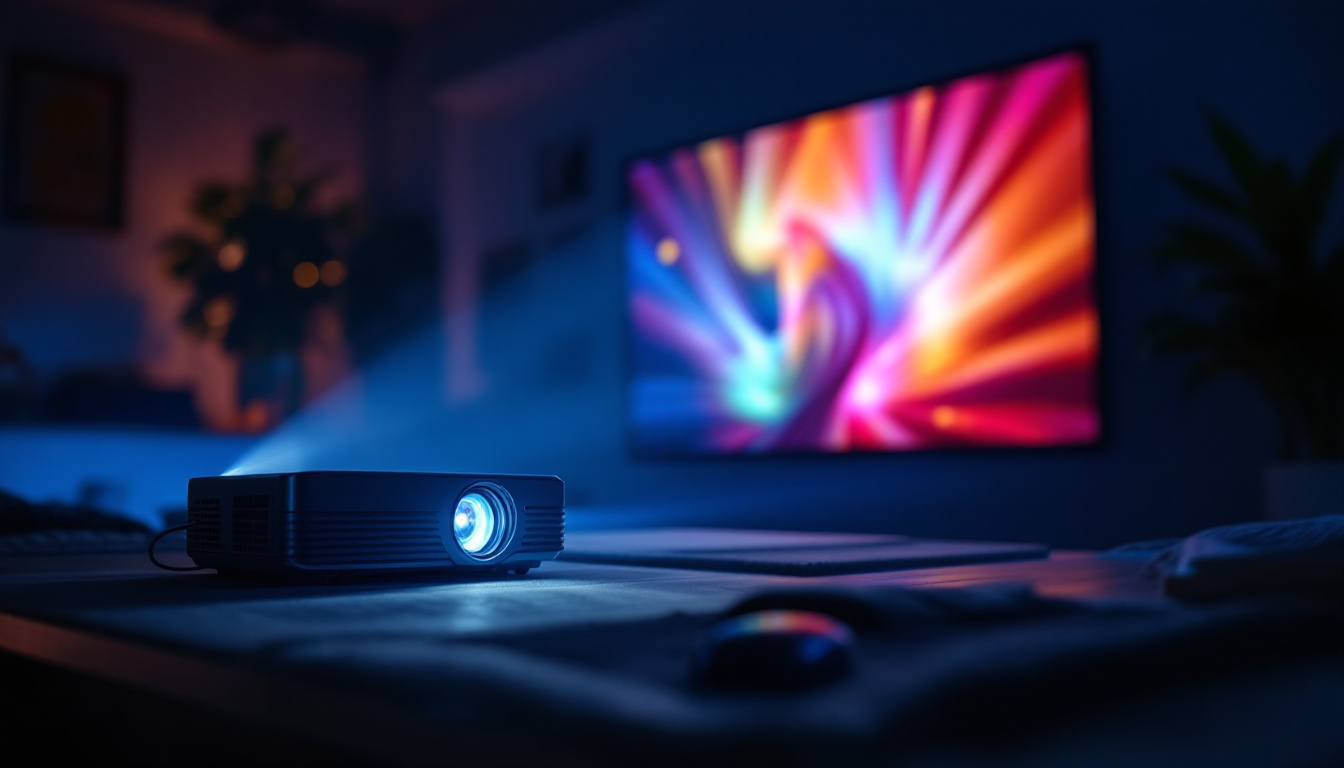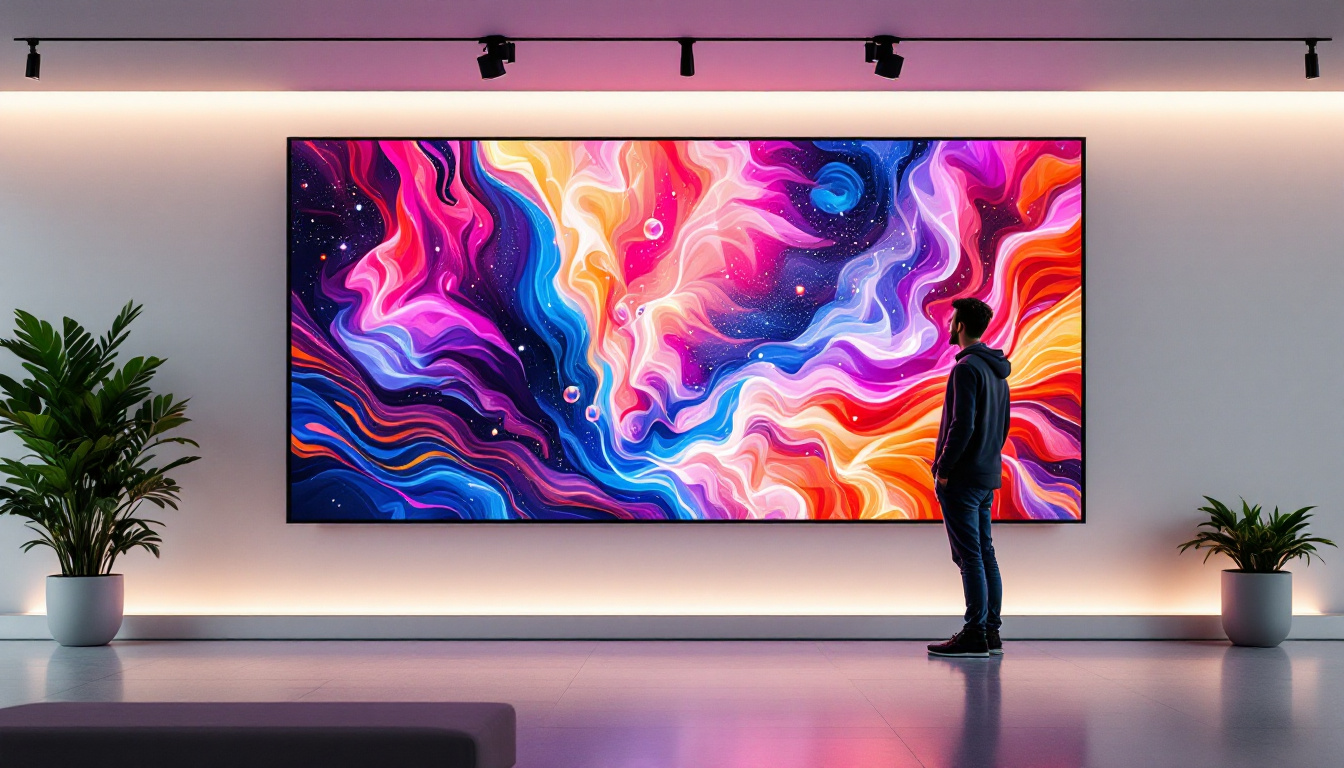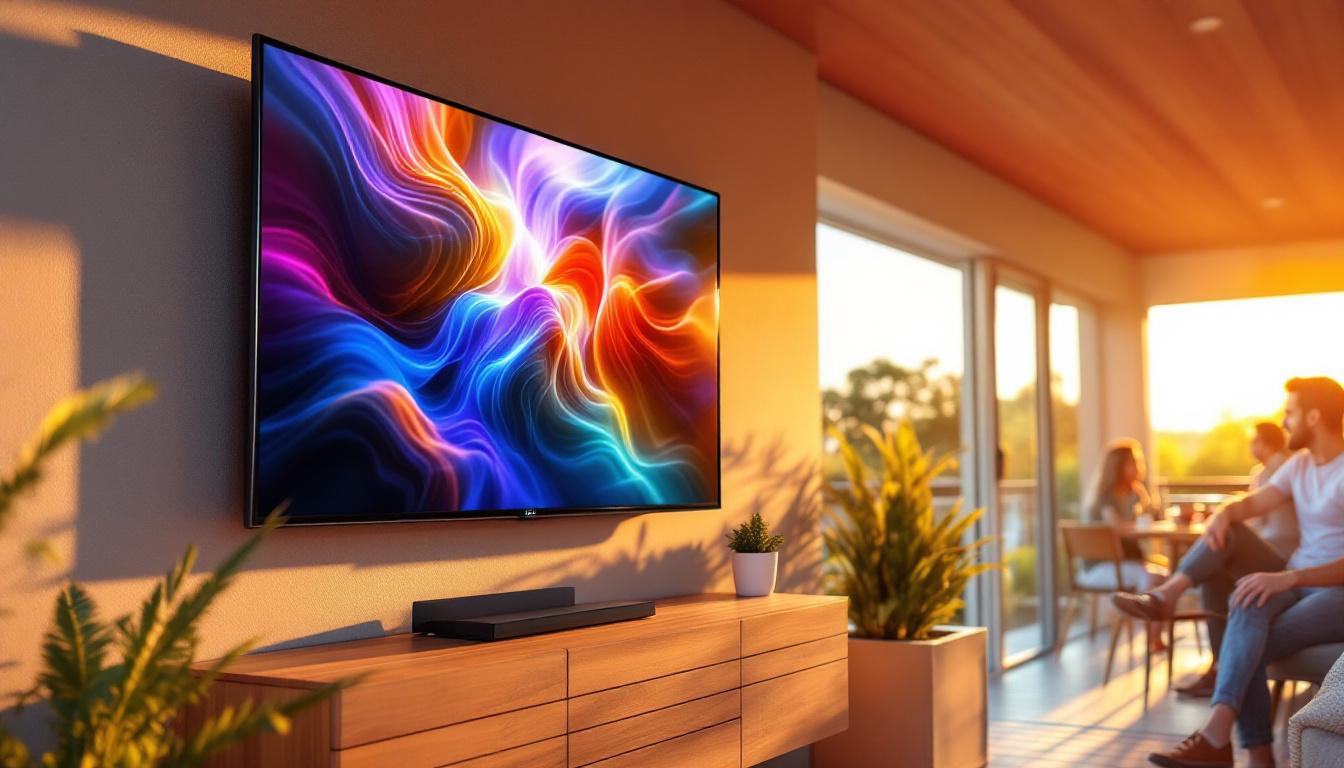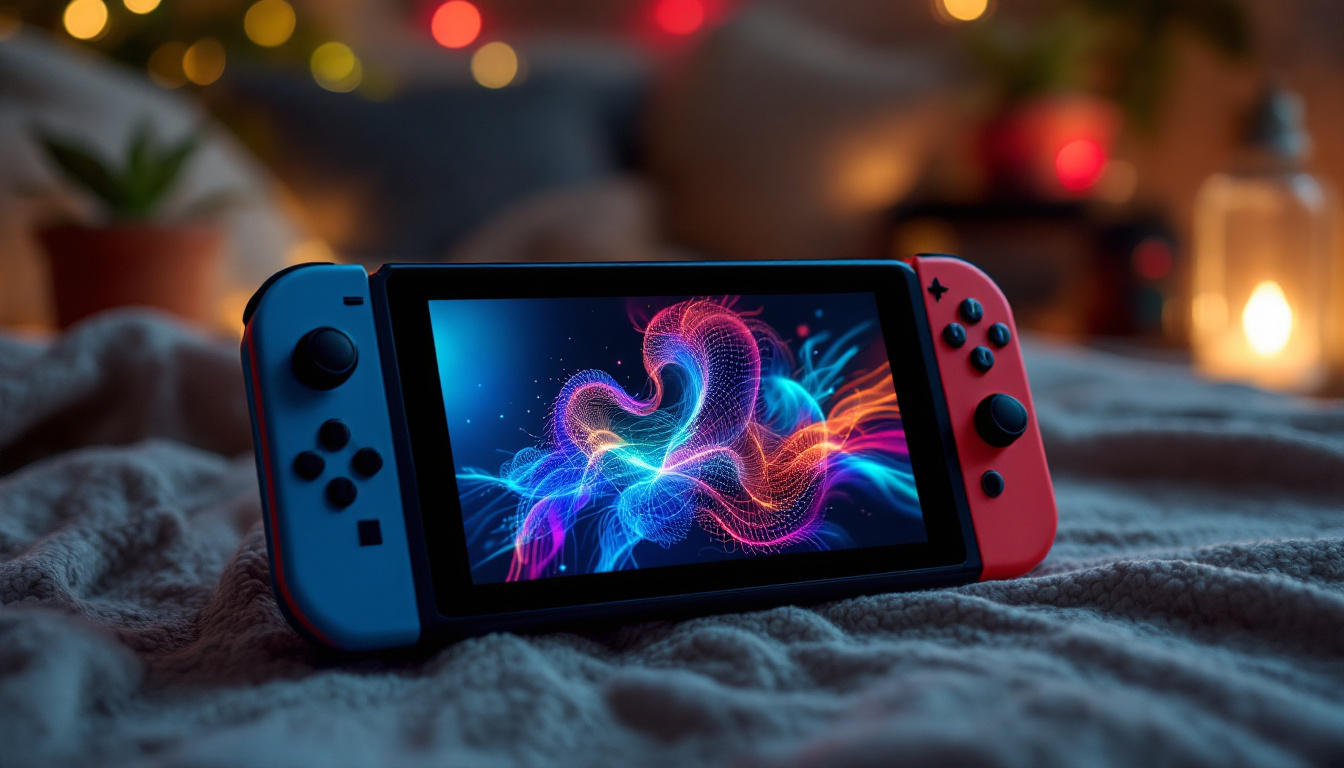In the modern world, smartphones have become an integral part of daily life, and their touch screens are a key feature that enhances user interaction. Understanding how these touch screens work, particularly in conjunction with LED displays, can demystify the technology behind these devices. This article will explore the mechanics of phone touch screens, the role of LED displays, and how they come together to create a seamless user experience.
The Basics of Touch Screen Technology
Touch screens are a type of input device that allows users to interact with their devices through touch. They are prevalent in smartphones, tablets, and various other devices. The primary function of a touch screen is to detect the presence and location of a touch, translating it into commands that the device can understand.
Types of Touch Screen Technology
There are several types of touch screen technologies, but the most common ones found in smartphones are resistive and capacitive touch screens. Understanding the differences between these technologies is essential for grasping how touch screens operate.
Resistive touch screens consist of multiple layers, including a flexible top layer and a rigid bottom layer. When pressure is applied to the top layer, it makes contact with the bottom layer, registering the touch. This technology is less sensitive than capacitive screens and can be operated with any object, including a finger, stylus, or even a glove. Because of their durability and low cost, resistive touch screens are often used in industrial applications and environments where moisture or dirt might interfere with other technologies.
Capacitive touch screens, on the other hand, utilize the electrical properties of the human body. These screens are coated with a transparent conductor, usually indium tin oxide. When a finger touches the screen, it creates a change in the screen’s electrostatic field, which the device detects. This type of touch screen is more responsive and allows for multi-touch capabilities, enabling gestures such as pinch-to-zoom. Capacitive screens are widely favored in consumer electronics due to their clarity, brightness, and ability to support advanced features like swipe gestures and multi-finger inputs, which enhance user experience significantly.
How Touch Screens Detect Input
The detection of touch input involves several steps. For capacitive screens, the touch detection begins when a finger approaches the screen. The screen’s sensors detect a change in capacitance, which indicates the presence of a finger. The device’s processor then calculates the exact location of the touch based on the signals received from the sensors. This rapid response time is crucial for applications that require precision, such as gaming or graphic design, where even a slight delay can affect performance.
In contrast, resistive screens rely on pressure. When a user presses down on the screen, the top layer makes contact with the bottom layer, completing an electrical circuit. The device then interprets this contact point as a specific location on the screen. While resistive screens may not offer the same level of sensitivity as their capacitive counterparts, they excel in situations where users need to wear gloves or use a stylus, making them ideal for certain medical devices and outdoor equipment. Furthermore, resistive technology can be more cost-effective for manufacturers, which can lead to lower prices for consumers in specific markets.
Additionally, advancements in touch screen technology continue to emerge, with innovations such as optical touch screens and infrared touch screens gaining traction. Optical touch screens use cameras to detect touch by analyzing changes in light patterns, while infrared screens utilize an array of infrared light beams to determine touch locations. These technologies can offer unique advantages, such as improved durability and the ability to work in various lighting conditions, further expanding the potential applications of touch screens across different industries.
Understanding LED Displays
LED (Light Emitting Diode) displays are a popular choice for smartphones due to their vibrant colors, energy efficiency, and thin profile. These displays are made up of numerous tiny LED lights that work together to create images and text on the screen. The technology has evolved significantly over the years, leading to the development of various types of LED displays, including OLED (Organic Light Emitting Diode) and AMOLED (Active Matrix Organic Light Emitting Diode), which offer even more advanced features and capabilities.
How LED Displays Work
LED displays operate by using a combination of red, green, and blue (RGB) LEDs. By varying the intensity of these three colors, a wide spectrum of colors can be produced. Each pixel on the screen is made up of sub-pixels that correspond to these three colors, allowing for detailed and colorful images. The precision of this color mixing is what allows LED displays to achieve such high levels of color accuracy, making them ideal for applications where visual fidelity is crucial, such as graphic design and photography.
The process begins with the display receiving a signal from the device’s graphics processor, which dictates what should be shown on the screen. The processor sends instructions to the LEDs, adjusting their brightness to create the desired colors and images. This rapid switching of the LEDs enables smooth motion and vibrant visuals, making LED displays ideal for video playback and gaming. Moreover, advancements in technology have led to faster refresh rates and response times, further enhancing the viewing experience by reducing motion blur and improving clarity during fast-paced action sequences.
Advantages of LED Displays
One of the primary advantages of LED displays is their energy efficiency. Compared to traditional LCD screens, LED displays consume less power, which is particularly beneficial for battery-operated devices like smartphones. Additionally, LED displays offer better contrast ratios, resulting in deeper blacks and brighter whites, enhancing the overall viewing experience. This high contrast ratio is especially noticeable in darker environments, where the ability to display true blacks can significantly improve the clarity and detail of images.
Another significant benefit is their thinness and lightweight design. This allows manufacturers to create sleek and modern smartphones without compromising on screen quality. Furthermore, LED technology is highly durable, making it resistant to damage from impacts and scratches. The robustness of LED displays also means they can withstand a wider range of temperatures and environmental conditions, making them suitable for outdoor use. As a result, many outdoor advertising displays and digital billboards utilize LED technology to ensure visibility and longevity, even in direct sunlight or harsh weather conditions. This versatility further solidifies LED displays as a leading choice across various industries, from consumer electronics to commercial applications.
The Integration of Touch Screens and LED Displays
The combination of touch screen technology and LED displays has revolutionized the way users interact with their devices. This integration allows for a more intuitive and engaging experience, where users can directly manipulate on-screen elements with their fingers.
Touch Screen Layers and LED Integration
In a typical smartphone, the touch screen layer is placed directly on top of the LED display. This arrangement allows the touch screen to detect input without any significant delay, ensuring a responsive user experience. The touch sensors are often embedded within the display itself, reducing the need for additional components and making the device thinner.
When a user touches the screen, the touch sensors detect the input and communicate with the device’s processor. Simultaneously, the LED display updates to reflect any changes, such as opening an app or scrolling through a webpage. This seamless interaction is crucial for maintaining user engagement and satisfaction.
Challenges and Innovations
While the integration of touch screens and LED displays has brought numerous benefits, it is not without challenges. One of the primary issues is the potential for screen damage. Cracks or scratches can affect both the touch sensitivity and the display quality, leading to a diminished user experience.
To combat this, manufacturers have developed various protective technologies, such as Gorilla Glass, which provides enhanced durability against scratches and impacts. Additionally, advancements in touch screen technology, such as the development of flexible displays, are paving the way for more resilient devices.
The Future of Touch Screen and LED Technology
The future of touch screen and LED technology is promising, with ongoing innovations that aim to enhance user experience further. One area of focus is the development of foldable and rollable displays, which could revolutionize the form factor of smartphones and other devices.
Emerging Technologies
Emerging technologies, such as OLED (Organic Light Emitting Diode) displays, are also gaining traction. OLED displays offer several advantages over traditional LED displays, including better color accuracy, faster response times, and the ability to produce true blacks by turning off individual pixels. This technology is already being implemented in high-end smartphones and is expected to become more mainstream.
Another exciting development is the potential for haptic feedback technology to enhance the touch experience. This technology allows users to feel physical sensations when interacting with the screen, creating a more immersive experience. By providing tactile feedback, users can receive confirmation of their actions, making the interaction more intuitive.
Impact on User Experience
The advancements in touch screen and LED technology are set to significantly impact user experience. As devices become more responsive, intuitive, and visually appealing, users will enjoy a more seamless interaction with their smartphones. This evolution will likely lead to new applications and functionalities that were previously unimaginable.
Moreover, as technology continues to advance, the integration of artificial intelligence and machine learning into touch interfaces will further enhance personalization and user engagement. Devices will become smarter, adapting to individual preferences and behaviors, resulting in a more tailored experience.
Conclusion
Understanding how phone touch screens work in conjunction with LED displays reveals the complexity and sophistication of modern smartphones. The seamless interaction between touch input and visual output is a testament to the advancements in technology that have transformed the way users engage with their devices.
As technology continues to evolve, the future of touch screens and LED displays promises to bring even more innovative features and enhancements. From foldable displays to haptic feedback, the possibilities are endless. The ongoing development in this field will undoubtedly lead to a more immersive and engaging user experience, making smartphones an even more indispensable part of daily life.
Explore the Future of Touch Screens with LumenMatrix
As we embrace the innovative advancements in touch screen and LED display technology, LumenMatrix stands at the forefront, offering a wide array of LED display solutions tailored to your needs. Whether you’re looking to enhance brand visibility with an Indoor LED Wall Display, captivate passersby with an Outdoor LED Wall Display, or create dynamic visual experiences with Custom LED Displays, LumenMatrix has the expertise to bring your vision to life. Experience the revolution in visual communication and take the first step towards engaging and captivating your audience. Check out LumenMatrix LED Display Solutions today and see how we can help you share your message with impact and clarity.



